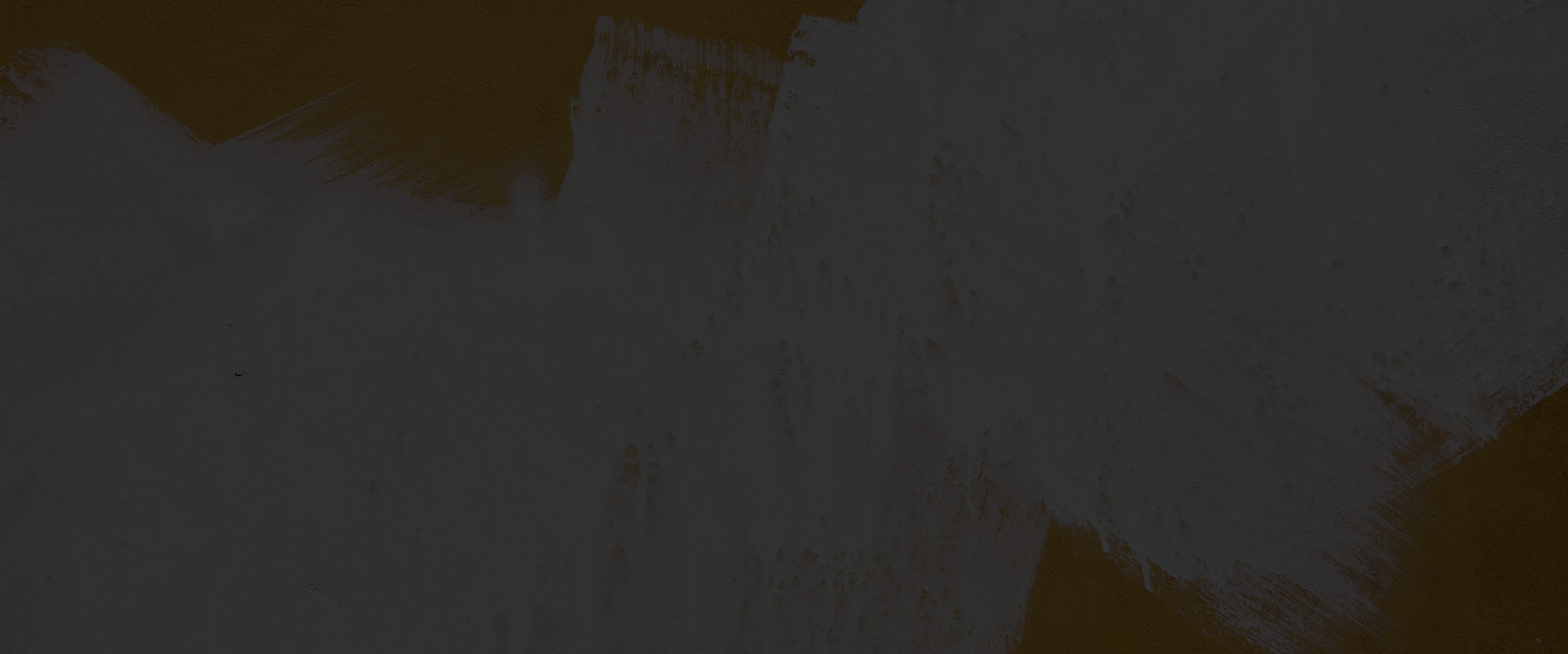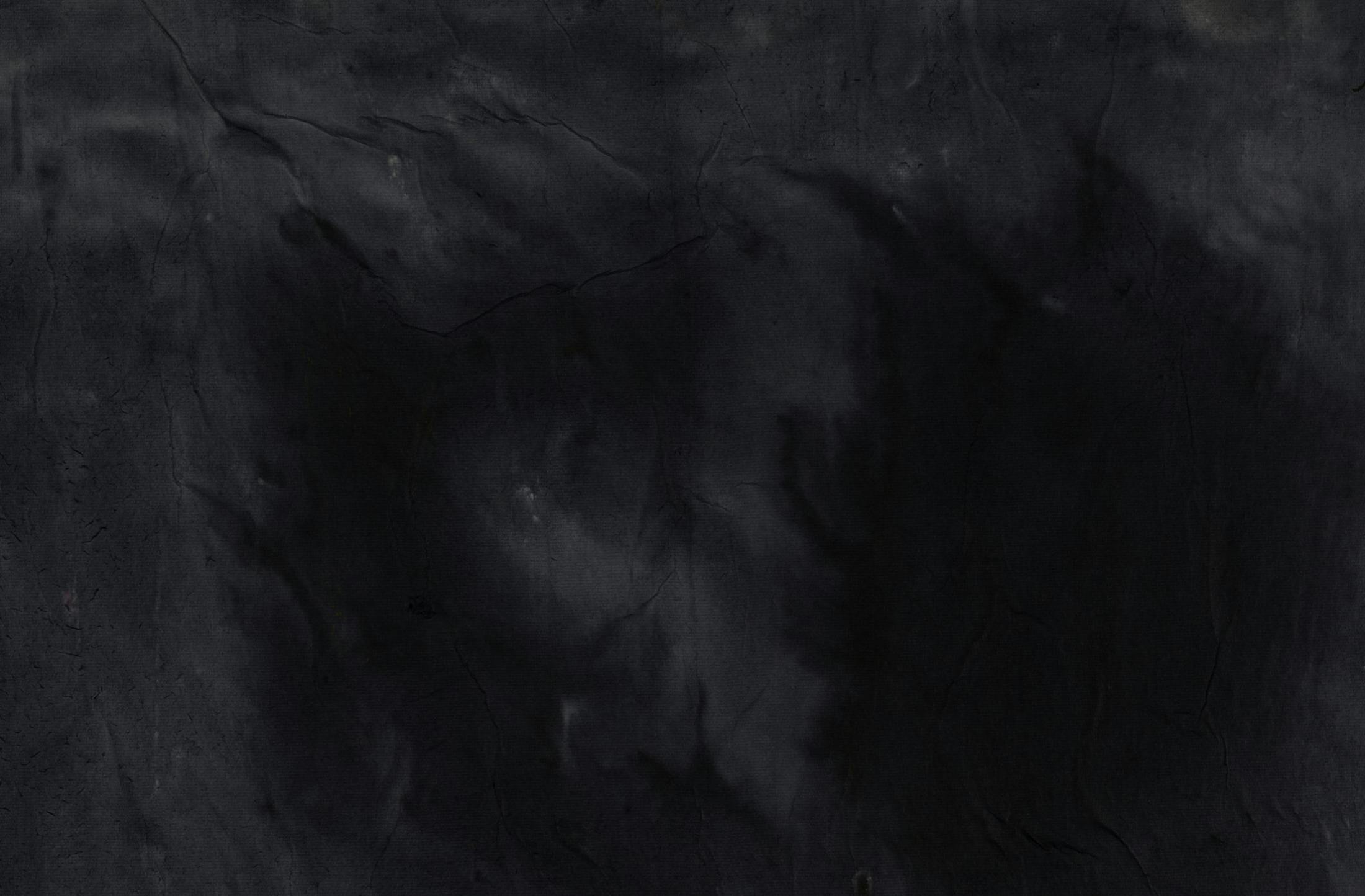Treacher Collins Syndrome
Treacher Collins Syndrome results from a bilateral combination of clefts thru the malar and lateral orbital bones that occurs in approximately 1 in 25,000 births. Known as Tessier clefts 6, 7 and 8, these result in a flattened cheek prominence, and downward slanting deficient lower eyelids. The mandible and ears are also underdeveloped. The primary functional problems associated with Treacher Collins syndrome are related to airway, occlusion, hearing and abnormalities of the eyelids. Nager syndrome has the features of Treacher Collins syndrome but it is also associated with defects of the limbs. Characteristics of Treacher Collins and Nager syndromes include:
- Hypoplasia of the cheek bones
- Retrusive lower jaw and chin
- Downward slanting of the eyes
- Lower eyelid and eyelash defects
- Malformation of the ears
- Small or absent thumb (Nager syndrome)
These children require evaluation by a craniofacial team with experienced geneticists, surgeons, dentists, speech and hearing specialists, and psychosocial therapists. When breathing difficulties are present, airway management is the highest priority. Subsequent treatments include correction of orbital and jaw problems, reconstruction of eyelids and ears, speech and hearing correction, and orthodontics.
The craniofacial team at Children’s Hospital of San Diego consists of experienced specialists dedicated to the optimal treatment of children with Treacher Collins and Nager syndromes.
Evaluation by a skilled geneticist is required due to the frequency of associated abnormalities of the vertebrae, heart, and urinary system. Treatment planning requires a craniofacial team to sequence the ear reconstruction, jaw reconstruction, and soft tissue reconstruction. The pediatric craniofacial plastic surgeons at FACES+ have a large experience with these reconstructive procedures. Frontonasal Dysplasia and Hypertelorbitism are conditions characterized by an increased distance between the orbits. In frontonasal dysplasia there is an incomplete migration of the orbits into proper apposition, resulting in widely separated eyes, or hypertelorbitism. Incomplete medial migration of the facial structures can also result in midline clefts of the nose, lip, palate and forehead. Other causes of hypertelorbitism include amniotic band syndrome and ethmoid encephaloceles. Characteristics of frontonasal dysplasia and hypertelorbitism include:
- Widely separated eyes
- Broad nasal root
- Notched nasal tip or divided nostrils
- Deficit in midline frontal bone
Treatment is directed at moving the bony orbits and eyes back together again, and reconstructing the nasal and forehead clefts. These complex procedures require a surgical team composed of a pediatric craniofacial plastic surgeon, oculoplastic surgeon and neurosurgeon. The FACES+ surgeons, directors of the San Diego Children’s Hospital Craniofacial Surgery Team, have an extensive experience with the correction of frontonasal dysplasia and hypertelorbitism using the latest techniques and technologies.






